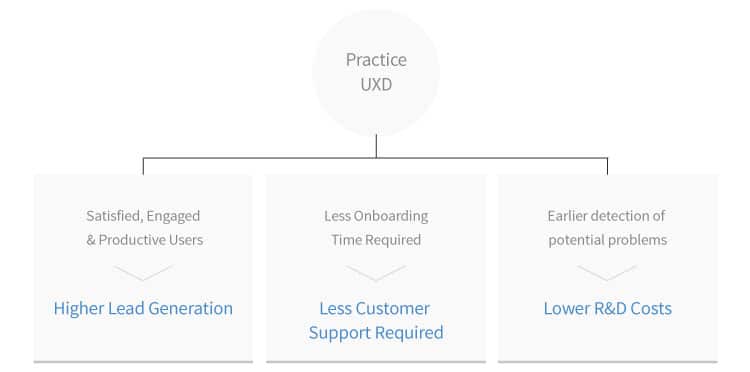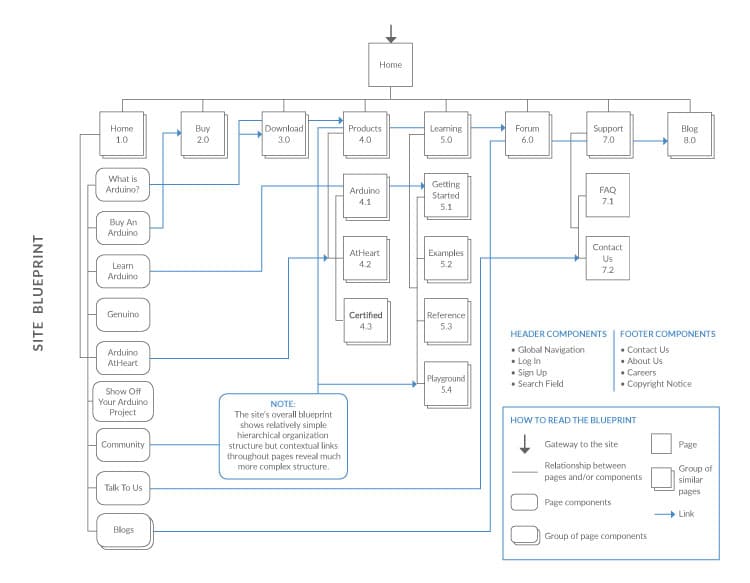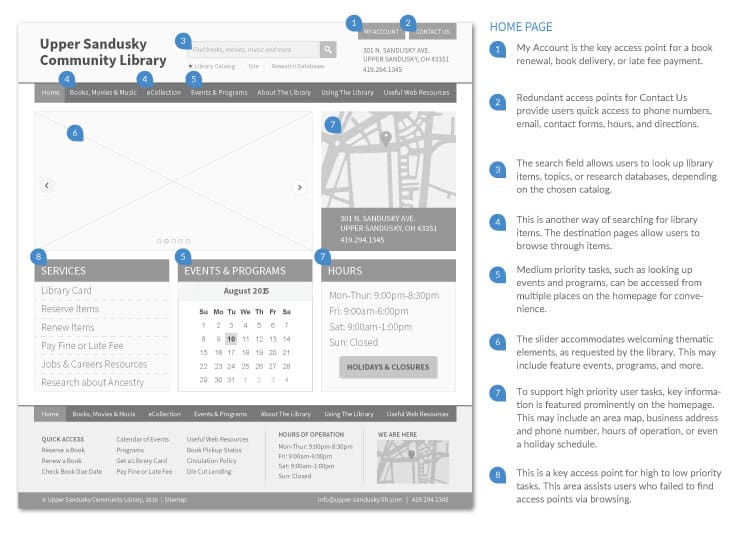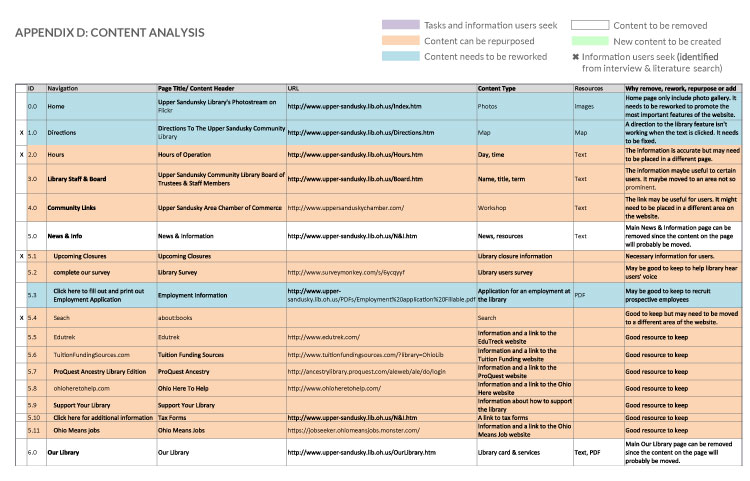What is User Experience (UX) Design?
“User experience design (UXD, UED, or XD) is the process of enhancing user satisfaction with a product by improving the usability, accessibility, and desirability provided in the interaction with a product. User experience design encompasses traditional human–computer interaction (HCI) design and extends it by addressing all aspects of a product or service as perceived by users. Experience design (XD) is the practice of designing products, processes, services, events, omnichannel journeys, and environments with a focus placed on the quality of the user experience and culturally relevant solutions.” – Wikipedia contributors. (2019, July 18). User experience design. In Wikipedia, The Free Encyclopedia. Retrieved 14:18, July 20, 2019, from https://en.wikipedia.org/w/index.php?title=User_experience_design&oldid=906807953
Simply put user experience design breaks down into the following:
- User Experience Design (UXD, UED, or XD) is the process of discovering how best to meet the needs of online users.
- UXD makes the user’s interaction with a digital product efficient and pleasurable.
- UXD helps improve an existing digital product by addressing problems that prevent users from accomplishing tasks.
- UXD is an integral step in the creation of all new digital products, such as websites, apps, and wearables.
- UXD assists companies in meeting business goals by helping users meet their own needs.
- UXD strategy asks users how they feel about a digital product, and then makes recommendations based on this feedback.
- UXD strategy determines where and why users might fail to accomplish a task, and then sets out to offer up a solution.
UXD includes the following disciplines:
User Research
User Interviews | Stakeholder Interviews | Surveys | Focus Groups | Field Trip
Information Architecture
Content Analysis | Card Sorting | Blueprint | Sitemap | Labeling | Taxonomy | Personas
Content Strategy
Content Inventory or Audits | Competitive Analysis | Voice & Tone | Editorial Guideline | Message Architecture | Content Lifecycle | Content Governance | Personas
Interaction Design
StoryBoards | User Journeys | Sitemap | Wireframes | Personas
User Interface Design
Wireframes | Prototype | Personas
User Interface Design
Screener Questions | Scenario Tasks | Test Session | Data Analysis
The above list isn’t comprehensive. Items & deliverables overlap among different disciplines
Why Do We Need User Experience Design?
Benefits of UXD
Avoid Our Own Biases – Users act, think, and feel differently than we do. We’re not our own customers.
Identify Users – Determine what target audience we’re designing for so that we can design accordingly.
Save Money – Conducting user research early in the product development cycle enables potential problems to surface before any code has been written, preventing excessive cost overruns for design fixes.
Fill Gaps Between Business Goals and User Needs – To balance success, we utilize UXD methods to identify both business goals and user needs.
Discover and Highlight Efficiencies – UXD methods allow us to uncover what’s functional, efficient, and desirable to users.
Reveal Core Functionalities – Reveal what features and functionalities help users achieve their goals.
How Does the Investment in UXD Come Back?
- Satisfied, engaged & productive users leads to higher lead generation
- Less onboarding time required results in less customer support required.
- Earlier detection of potential problems lower research & development (R&D) costs.

Who performs User Experience Design?
Who
Usability Researchers — Perform user and stakeholder interviews, conduct surveys and focus groups, and make field trip studies.
Information Architects — Figure out site structures and look at labeling (especially navigation labels and taxonomies).
Content Strategists — Check content to ensure it speaks to target audience, as well as aligns with desired voice and tone*. Govern how content will be created, and by whom.
Interaction Designers — Focus on creating engaging web interaction with logical and thought-out behavior and actions.
User Interface Designers — Focus on creating visual elements of the user interface.
Usability Specialists — Conduct usability testing, analyze data from usability sessions, communicate findings, and make recommendations based on these findings.
Voice and tone can be summarized with a collection of adjectives that represent a company’s personality traits. It is useful in retaining a consistent message throughout a company’s communications.
How to execute User Experience Design?
To perform UXD efficiently, we often go through the process as follows.

User Experience Design Common Deliverables
User Personas
Deliverables are often produced after conducting user research to communicate the results of research. They help make design decisions and align a digital product with user needs.

Sitemaps
Storyboards
User Journey

Website Blueprint

Flow Chart


Concept Map

Wireframe

Content Analysis












